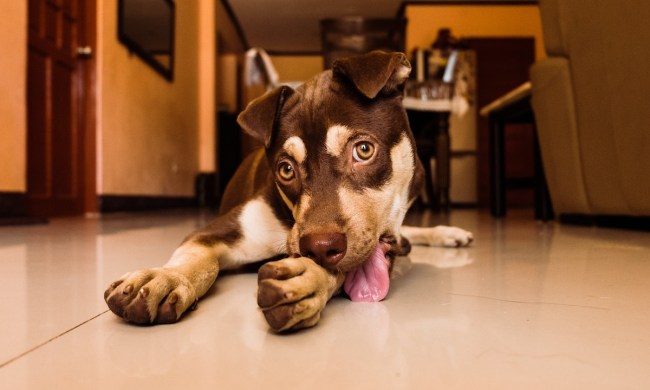
Vitamins for dogs ensure that your pet has all the necessary nutrients and minerals they need for strong bones, a strong immune system, and a healthy coat. Dog vitamins also promote a robust digestive system and clear skin, tackling every aspect of your pet’s health. Shopping for canine supplements can be challenging, but fortunately we’ve revealed the leading brands here to help you choose.
The most common type of supplement is a multivitamin that contains key nutrients like vitamin A, vitamin D3, folic acid, and manganese. These vitamins are suitable for most dogs of any breed or age. Added nutrients target specific issues like joint pain and arthritis, which is relieved by glucosamine chondroitin, methylsulfonylmethane (MSM), and vitamin E.
Other vitamins include probiotics that help solve common digestive issues like gas, diarrhea, and indigestion. Most vitamins for dogs are available in a chewable treat, but some are administered in a powder form. Let’s check out which type might be best for your pet.
PetHonesty 10-in-1 Dog Multivitamin w/ Glucosamine
Best Overall

The PetHonesty multivitamin is the best overall comprehensive supplement with added glucosamine to support joint health. This chewable incorporates 10 essential nutrients that address every part of your dog’s health including digestive, mental, bone, skin, and heart health. A robust combination of vitamins A, C, and D3 help bolster your pet’s immune system.
Zesty Paws 5-In-1 Multivitamin Bites
Best Ingredient Quality

Zesty Paws crafted this chicken broth-flavored chewable multivitamin from only the finest ingredients like five different strains of probiotics, cod liver oil, and vitamin E. Its star components are glucosamine chondroitin and MSM that treat joint pain and improve mobility. Less common in multivitamins is an anti-itch formulation that soothes dry skin.
NaturVet All-In-One Dog Vitamins
Best Flavor

NaturVet’s multivitamin has the best flavor, but it also clears up common pet issues like indigestion, patchy fur, and nutrient deficiencies. This vitamin is also suitable for cats, which is convenient in multi-pet households. Note that this powder is made for pets 12 weeks or older.
Vitamins for dogs provide essential nutrients and minerals for overall good health. These supplements also alleviate joint pain and stomach problems for dogs of any age. Most dog vitamins come in tasty, chewable, bite-size kibbles, though powder form is ideal for fussy pets that might be particular about what they eat. Luckily, all the vitamins on our list taste great and are proven to help your fur baby thrive.


